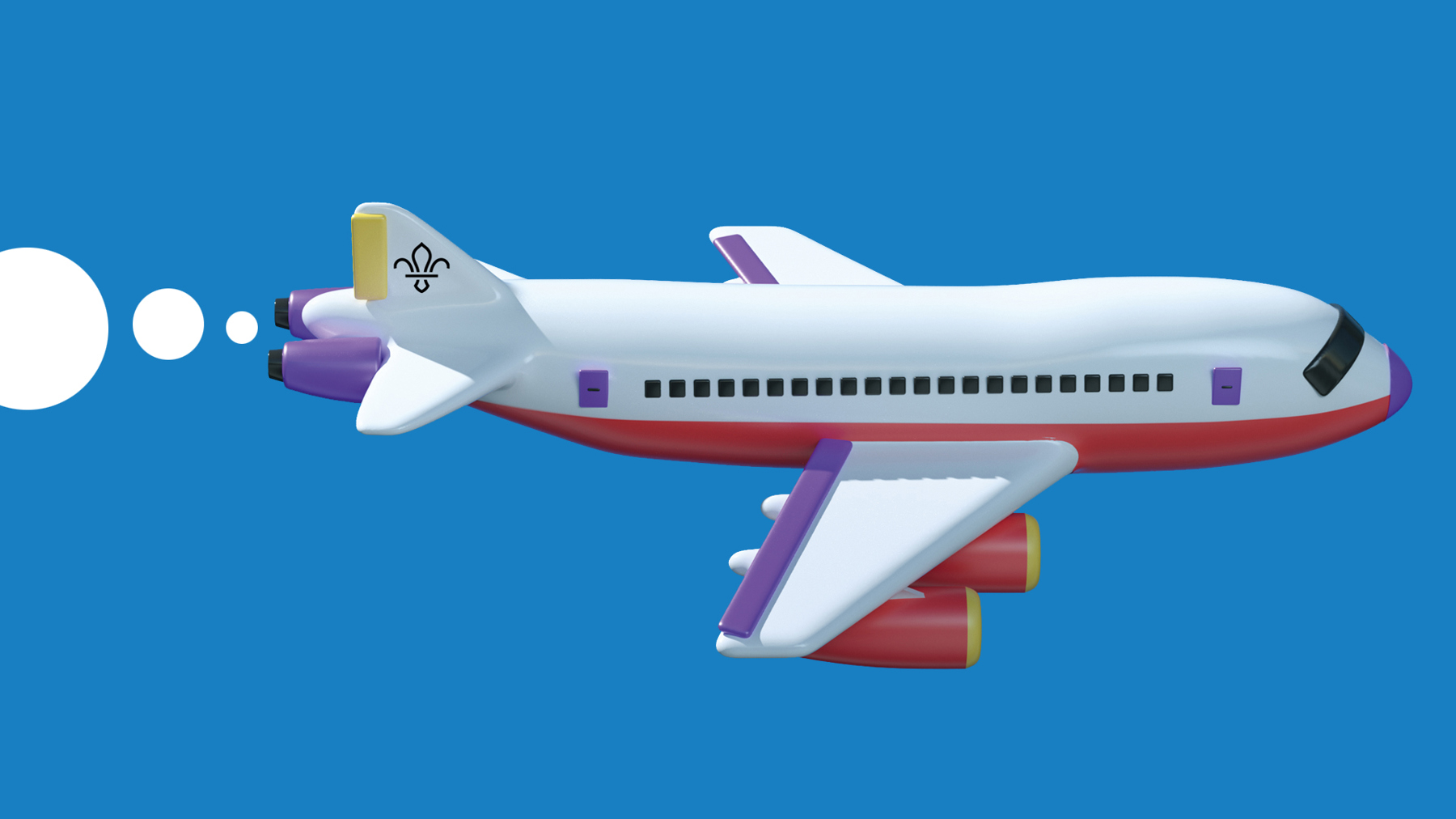Travel vs planet
One transatlantic flight emits more carbon dioxide than a year’s worth of driving or eating meat. So, if you love to travel, is it possible to both explore the planet and protect it?

You step onto a plane – flick through the channels, eat your pre-prepared meal, nod to the stranger beside you – and a few hours later, you’re riding curls of blue waves on the other side of the world. Camping in a red desert under moonlight. Entering a pine forest thick with mist. Edging up onto the precipice of a mountain, and there, peering out at the birds and streams and valleys below, you find yourself panting: ‘Wow.’
Travel can illuminate nature’s diversity, enriching our lives with opportunities to appreciate the world in all its glory.
And so, coming to terms with the fact that the way we jet to all those majestic, far-flung destinations is a key culprit in the fight against global warming can feel like a hard loss.
Plane shame
By burning fuel, airplanes emit CO2 and other harmful greenhouse gases high up in the atmosphere. The aviation industry produces around 2% of global CO2 emissions, which may not seem that shocking until learning that less than 10% of the world’s population has been on a plane.
In addition, low or non-existent taxes on aviation fuel means low fares and even more flights. Despite advancing technology and more fuel-efficient engines, the rapid and increasing growth of the air travel industry suggests that when it comes to the damaging environmental impact of flying, there’s no end in sight.
Today, we know more than ever before about the terrifying effects of carbon emissions and global warming, and so you may feel a pang of guilt when eyeing a flight to your next destination, before remembering that YouTube clip of a polar bear scrambling from one melting iceberg to the next.
In Sweden, they’ve come up with a term for the feeling: ‘flygskam’, meaning flight shame. The anti-flying movement encourages people to stop flying in order to lower carbon emissions. It’s kicked off a worldwide movement of people who’ve vowed to go flight-free.
Is there hope for clean fuel alternatives?
Because the process of generating biofuels is a driver of deforestation, green fuel alternatives are destructive in other ways. And while electric flights may sound like a hopeful alternative, producing electricity and batteries has an environmental impact, too, and the battery-operated technology needed to fly large aircraft simply doesn’t exist yet, so this is unlikely to happen anytime soon.
So, what can we do?
Go flight-free. Make your pledge at flightfree.co.uk. Commit to fewer flights, fly direct (because taking off uses more fuel than cruising, fewer take-offs mean less carbon), and never choose business or first class, where carbon emissions are 3–4 times higher per passenger.
Some call it an excuse to continue polluting, but carbon offsetting allows you to offset the emissions from your flight by paying extra to invest in environmental projects (like planting trees, installing solar panels or funding renewable energy), which reduce carbon dioxide by the same amount.
You can do this by paying an additional charge when booking a flight or through a non-profit such as atmosfair.de. Some airlines and travel companies promise carbon offsetting on all their trips, so do your research to find the ones that do.
Cruises are carbon culprits too, but there are more environmentally friendly seafaring alternatives. To deliver her speech at the UN climate conference, climate activist Greta Thunberg sailed across the Atlantic in a yacht. There’s also a growing number of people who book places on cargo ships. There are websites that can help you do this.
Travel by train. Aside from biking or walking, it’s arguably the most environmentally friendly way to travel, with the added perk of enabling you to admire the scenery. In Sweden, it’s led to a hashtag, #tågskyrt: ‘train brag’. For train travel tips, visit seat61.com.
If you can’t take the train, go by car; especially if it’s electric, carrying more than one person and when exploring nearer to home.